Think of wildlife in U.S. national parks, and certain images pop to mind: Bears. Bison. Elk. Wolves.
All spectacular critters, to be sure. But the National Park Service protects a wide range of wildlife, large and small. Some of these species are cryptic or elusive. But other smaller denizens offer fascinating viewing opportunities.
The National Park Service turns 100 this August. Between now and then, Cool Green Science will feature posts on the natural history and conservation of “America’s best idea.”
Note that with the diversity of our parks and habitats, this can only be a partial list. Please list your favorite overlooked national park wildlife in the comments.
-
Pupfish
Death Valley National Park, Nevada & California
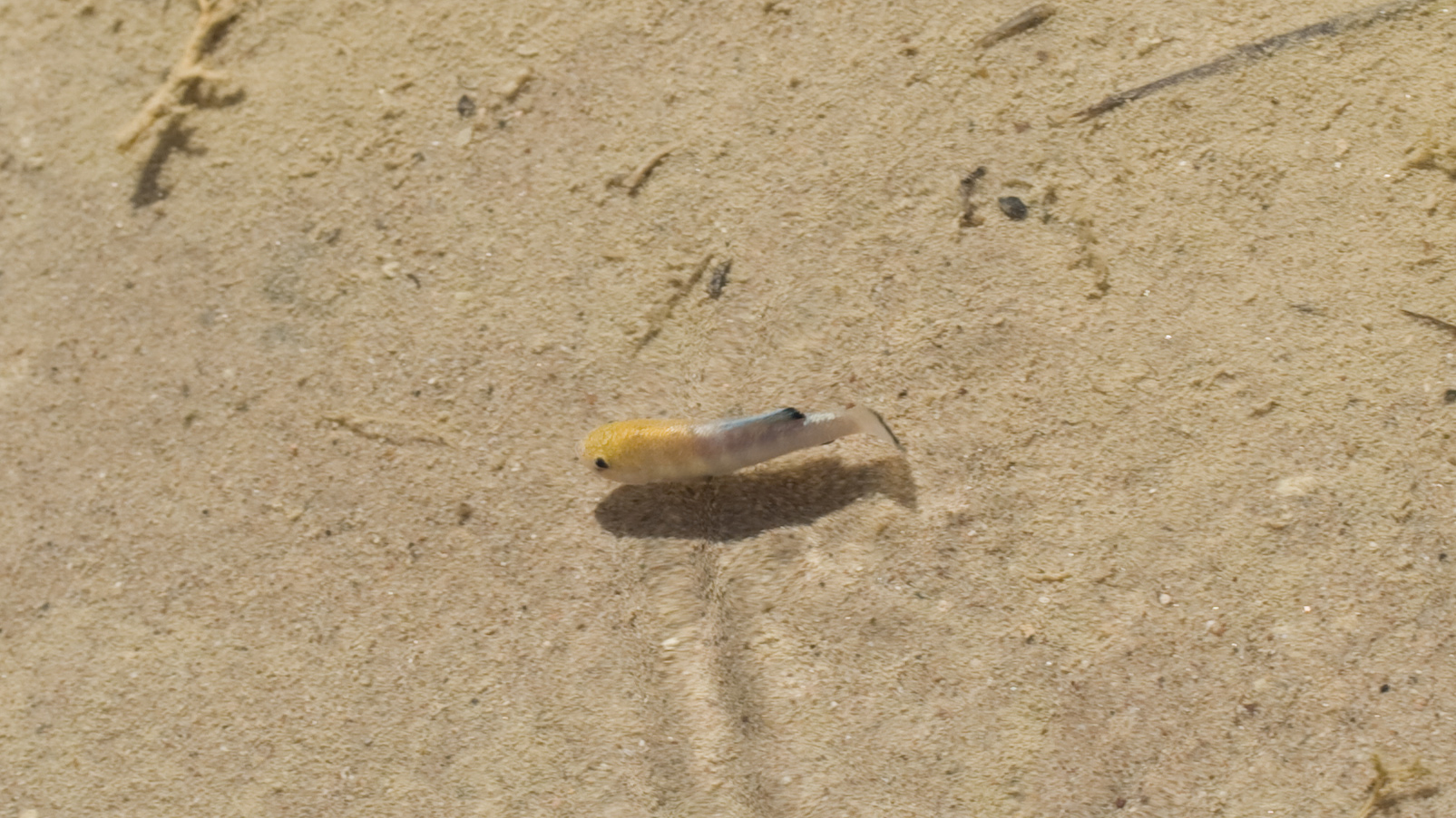
Salt Creek pupfish in Death Valley National Park. Photo © Ken-ichi Ueda / Flickr The hottest, driest spot on the continent may seem the last place to look for a fish. But in Death Valley, a hardy – and charismatic – survivor makes a living in waters that would turn a trout (or even a carp) belly up.
In the Pleistocene, the deserts of California and Nevada would have been covered in lakes and streams. As they dried up, pupfish – small, knuckle-sized fish – adapted to increasingly tough conditions. Small desert springs became islands of fish habitat. Species of pupfish are scattered throughout the desert region.
The Salt Creek pupfish, easily seen in Death Valley, survives salty water and summer temperatures that can reach 120 degrees Fahrenheit. They can be easily viewed at the Salt Creek boardwalk in the national park.
While they are small, the clear water allows for easy viewing. And pupfish are fun to watch: during the spawning season, they chase each other around, darting through the riffles. They’re fighting over breeding territories, but early biologists thought they were playing like puppies – hence their name.
-
Kangaroo Rats and Cool Snakes
Joshua Tree National Park, California
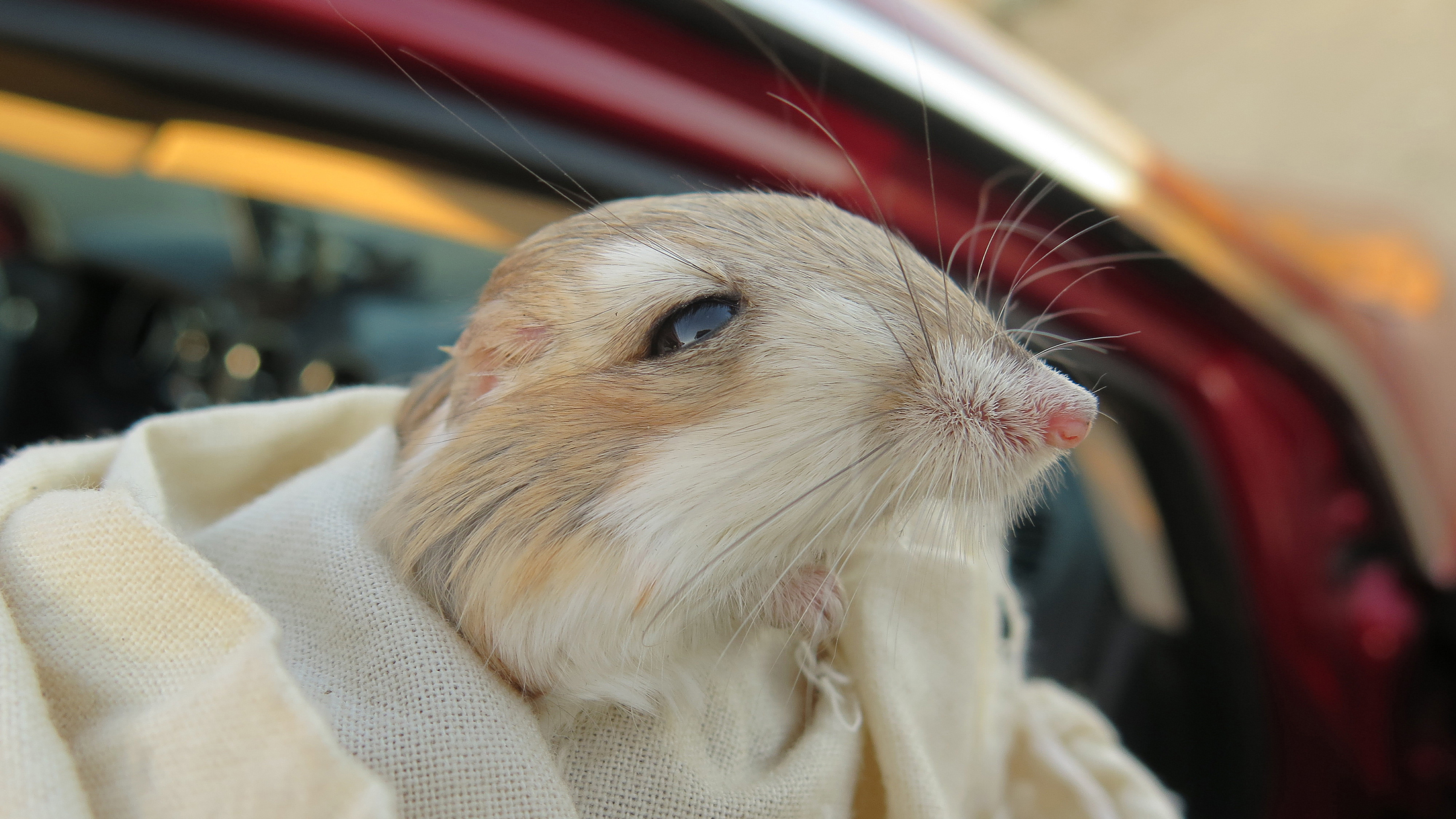
Desert kangaroo rat near Joshua Tree National Park. Photo © Jon Hall www.mammalwatching.com Another desert park, Joshua Tree has plenty of interesting wildlife to seek during the day: desert bighorn sheep, horned lizards and California chipmunks among them. But the park really comes alive at night.
Drive slowly along its roads and you will soon spot at least two species of kangaroo rats darting across the road (Merriam’s and desert). They can be distinguished primarily by the black tail tip of the Merriam’s and the white tip and fluffier appearance of the desert kangaroo rat. These are difficult critters to spot but Joshua Tree offers one of your best chances. You might also catch a glimpse of diminutive pocket mice, desert wood rats and black-tailed jackrabbits.
If spotting elusive small mammals isn’t quite enough to pull you away from your ca mp site, there’s also a good chance to see one of the 25 species of snakes found in the park — they soak up heat from the road. Drive carefully.
Kingsnake encounter on night safari with @justinehausheer. Join us soon @ccbyington @StayClasSci @tmboucher pic.twitter.com/SzGFjEZsPc
— Matthew L. Miller (@eatguineapigs) April 25, 2016During a recent meeting, our Conservancy science communications staff joined me on two night safaris in the park. I’m a weird boss, I know – but nothing promotes team building like spotting desert rodents. And one of the drives turned up this stunning common kingsnake.
-
The Gar-den of Eden
Everglades National Park, Florida
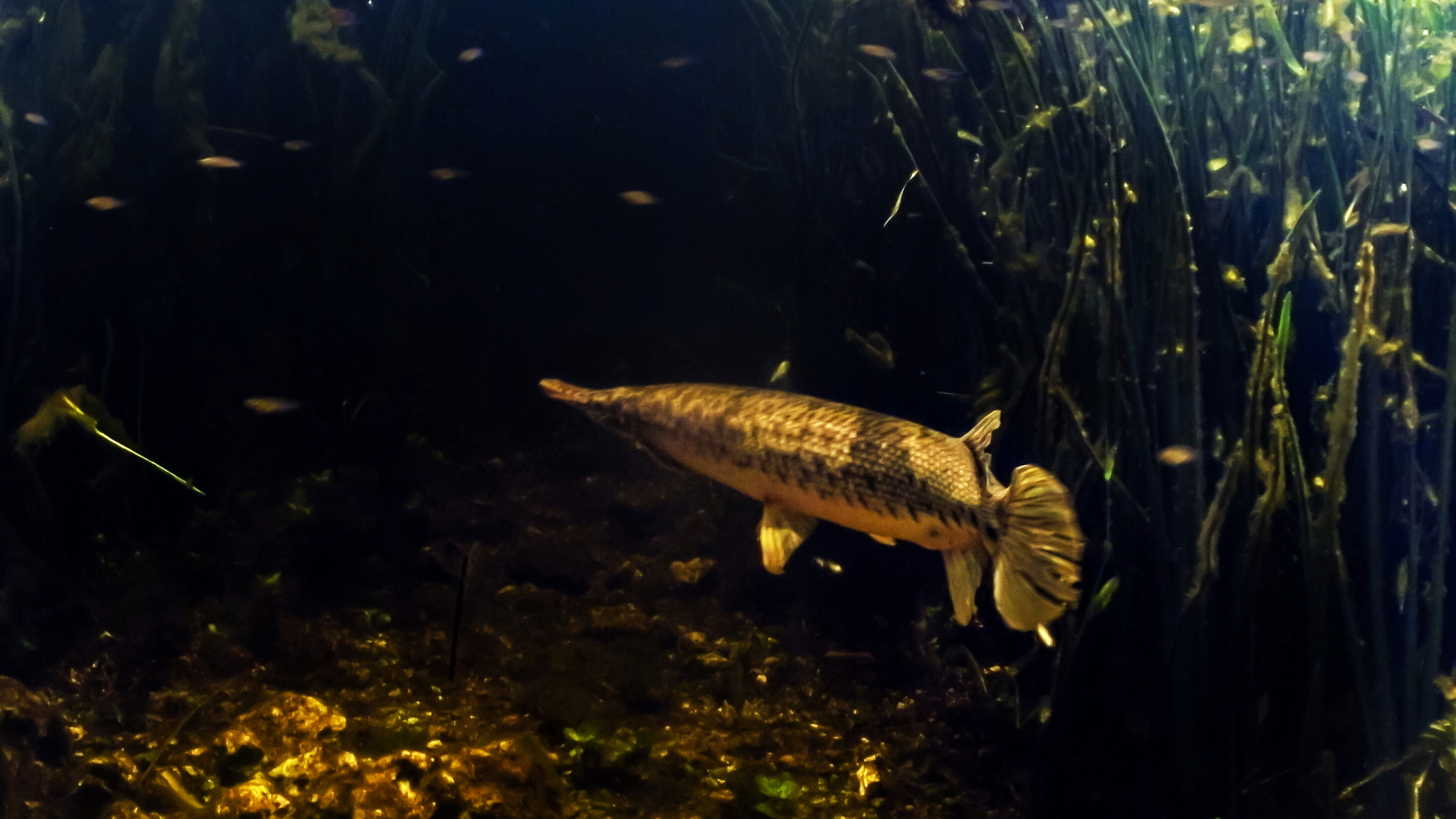
Florida gar in Everglades National Park. Photo © Phil’s 1stPix / Flickr through a Creative Commons license Driving through the Everglades, look past those resting alligators into the waters around them. Undoubtedly, you’ll see large schools of long-snouted, air-gulping fish: Florida gar. These are fish that swam with the dinosaurs. They’re survivors. In the Everglades, they stack up in astounding congregations – thousands of prehistoric fish. For native fish nerds, it doesn’t get much better.
Of course, if you fish, you’ll want to cast a line – and the Everglades offers ample opportunities for that. My two days of gar fishing last year was one of the most fun experiences of my angling life. A fish hit my bait nearly every cast. Gar are tough to hook, which adds to the challenge. And the action was non-stop, all day long. Charging alligators added to the fun, and of course the bird life is magnificent.
At the end of the second day, I headed into the national park visitor center to pick up a souvenir for my son. I was coated in sunscreen, sweat, insect repellant, bait, convenience store burritos and blood from a fish that an alligator attacked and shook a few feet from me. The national park staffer asked me if I could afford the souvenir, and spoke to me as if I was deranged. And I suppose I was. Gar will do that to you.
-
White-Tailed Ptarmigan
Glacier National Park, Montana
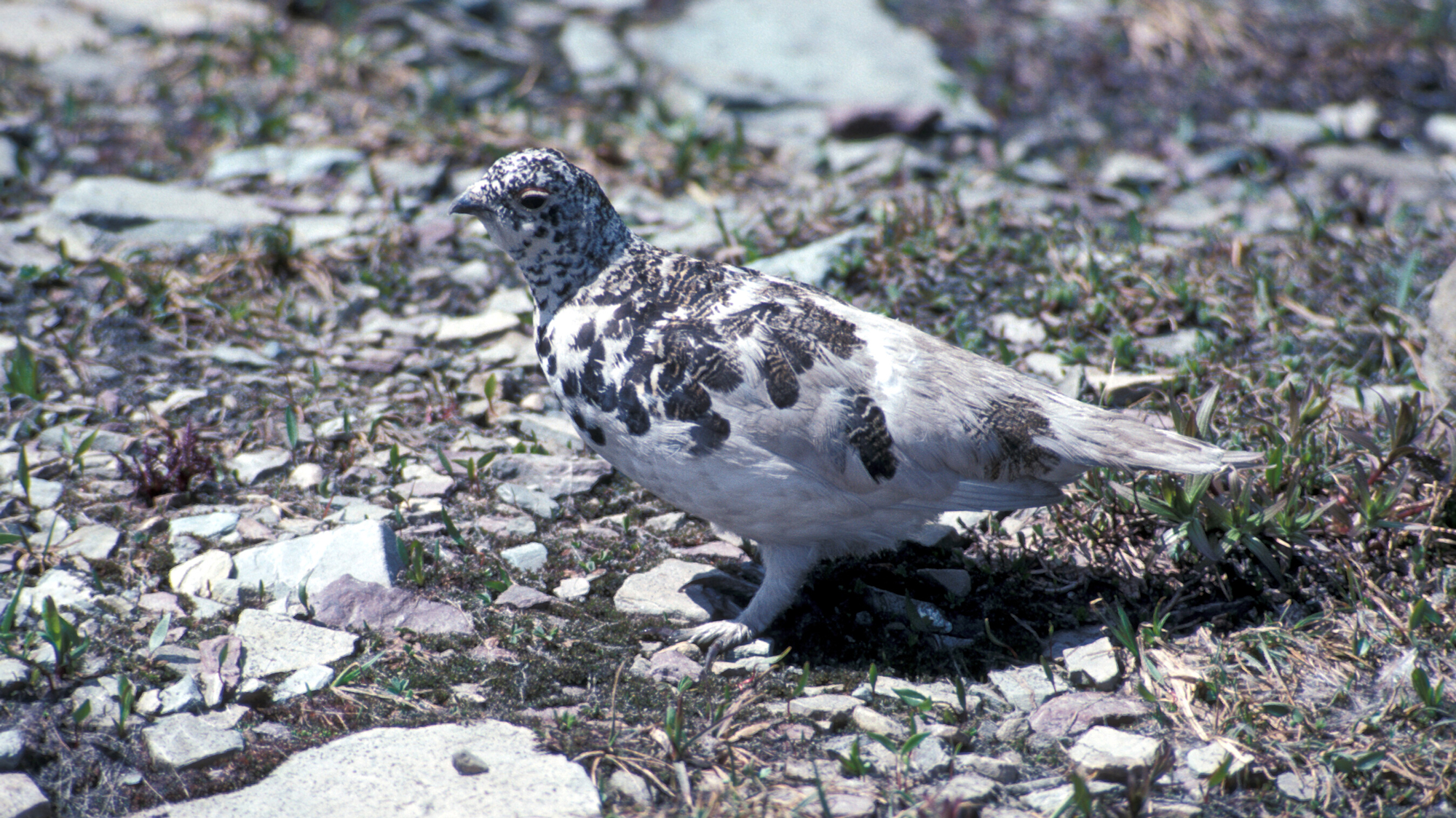
White-tailed ptarmigan in Glacier National Park. Photo © Ken West / NPS Glacier is well known for its bears and other charismatic megafauna. Birders, though, also know it as a prime location to find one of North America’s more difficult species: the white-tailed ptarmigan. This striking bird, the smallest grouse in North America, lives in alpine habitats.
Its feathered toes help keep it warm in these cold conditions. In the winter, it moves very little to conserve energy. In the summer, it may bathe in snow to stay cool.
The Hidden Lake Trail, accessible from the popular Logan Pass on the Going to the Sun Road, is an easily accessible hike to try for ptarmigan. I missed it, but there are plenty of other wildlife rewards, including hoary marmots, snow buntings, bighorn sheep and arguably the best mountain goat viewing on earth. And, of course, the scenery is tough to beat.
-
Salamanders
Great Smoky Mountains National Park, Tennessee & North Carolina
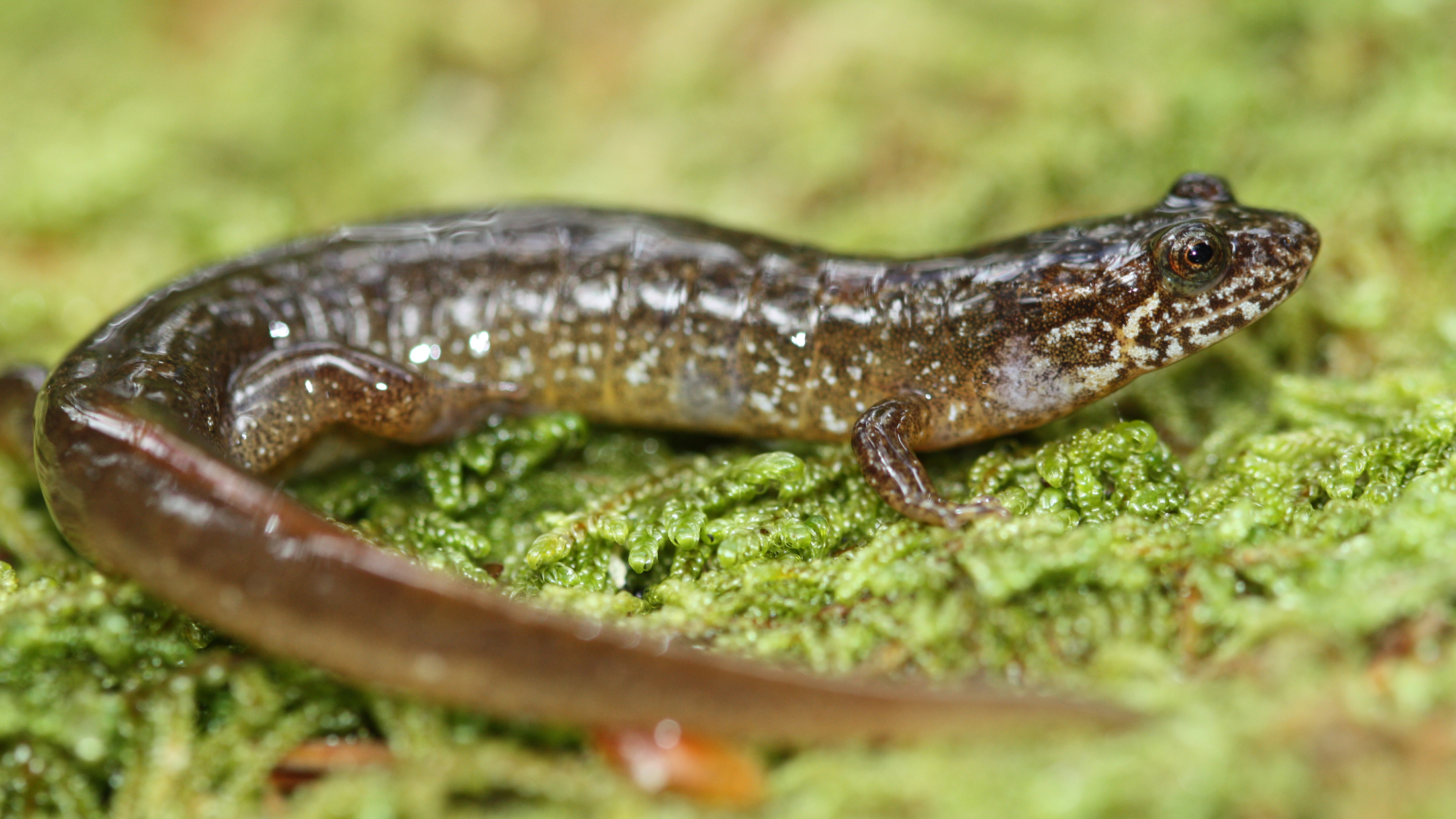
Santeetlah Dusky Salamander in Great Smoky Mountains National Park. Photo © Andy Kraemer / Flickr through a Creative Commons license More visitors come to this national park than any other, but most will miss one of its noted biological treasures: salamanders. Known as “The Salamander Capital of the World,” Great Smoky Mountains is home to 31 species of these amphibians.
The area is particularly important for lungless salamanders. As their name implies, they lack lungs – they “breathe” through tiny blood vessels and linings of their nose and throat. They are especially diverse in the Smokies, with 24 species.
Want to go salamander spotting? The best bet is to hike as far as you can away from the crowds. Please don’t disturb rocks or vegetation, but watch quietly on wet, spring days when the creatures are most active.
-
Banana Slugs
Redwood National and State Parks, California
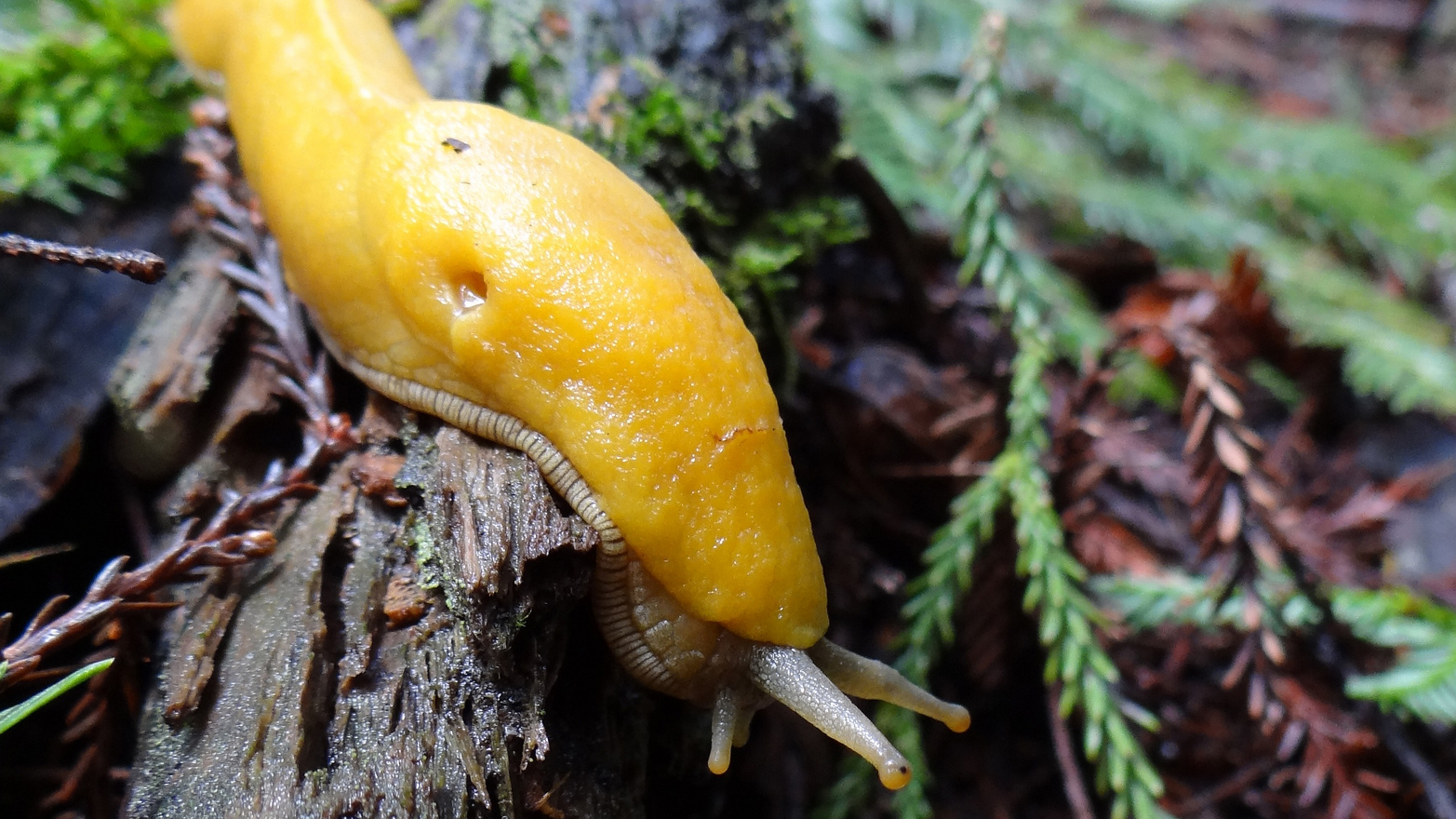
Banana slug in Big Basin Redwoods State Park. Photo © Belinda Lo / Flickr through a Creative Commons license While hiking through a grove of redwoods, your head naturally points up – peaking towards the canopy of those tall, glorious trees. Look down and you’re likely to see a quite different sight: a large, bright-yellow slug, slithering through the groves like a living, over-ripe banana.
Banana slugs play an important role in redwood ecosystems. They eat both living and dead plant material, and may be an important disperser of fruit seeds. Although they eat a variety of plants, redwoods are not on the diet. One study found that banana slugs will eat cardboard before they eat a redwood.
They do clear other plants around redwoods. In return, the redwoods provide the shade and moist conditions the slug needs to survive.
-
Tufted and Horned Puffins
Kenai Fjords National Park, Alaska
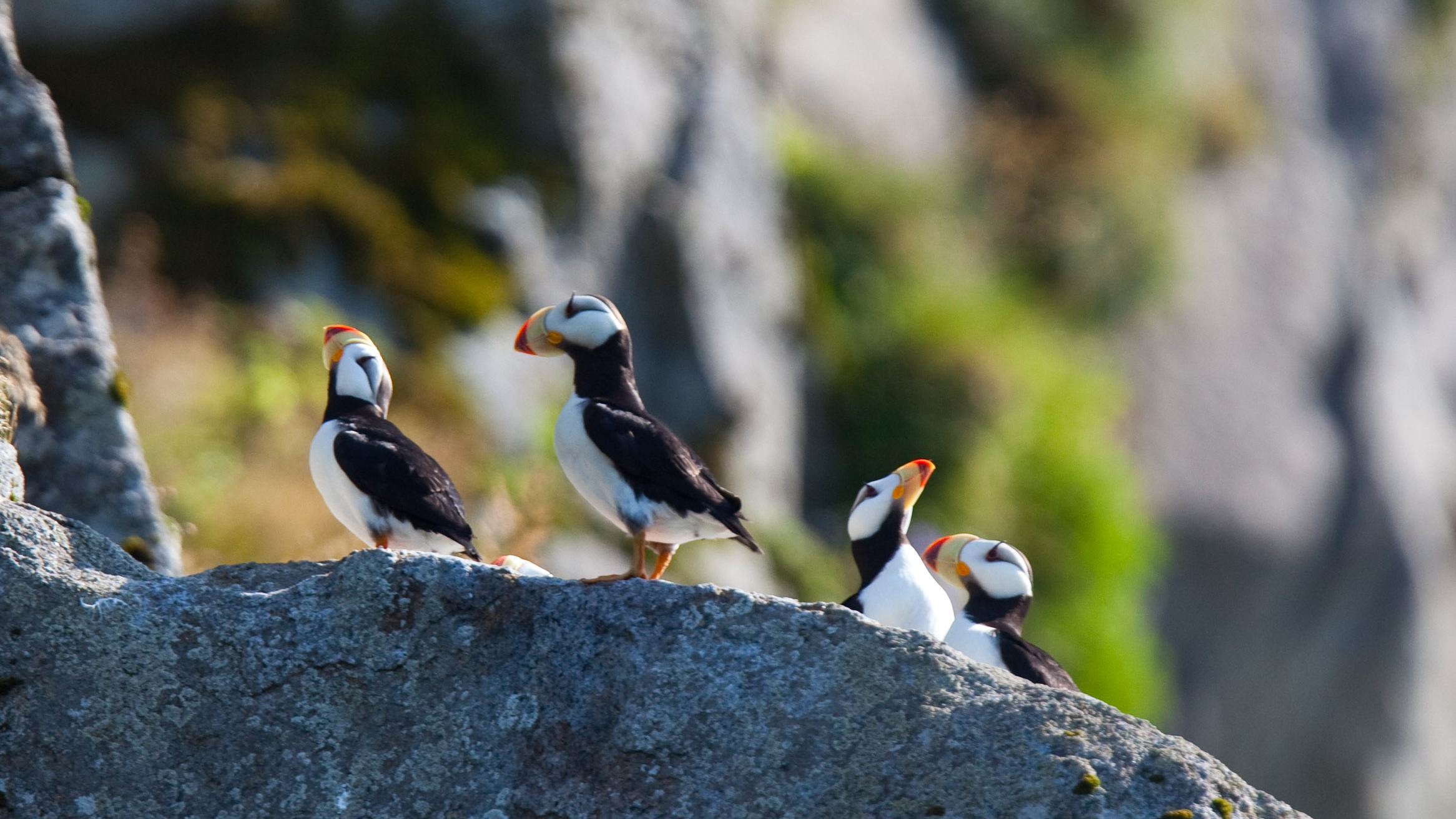
Horned puffins in Kenai Fjords National Park. Photo © blarrggg / Flickr through a Creative Commons license The hardest part of a Kenai Fjords boat trip is knowing where to look: on one side of the boat might be a calving glacier and the other a breaching humpback whale. You might see a sea otter, a super-pod of orcas or a basking sea lion.
But don’t forget the birds. The regular boat tours allow excellent views of two species of puffins, highly charismatic sea birds. Both tufted and horned puffins nest at Kenai Fjords, and early in the season, they gather on the water in large numbers.
This national park also offers other birding prizes, including marbled murrelets, common and thick-billed murres and harlequin ducks.
-
Giant Salmonfly Hatch
Black Canyon of the Gunnison National Park, Colorado
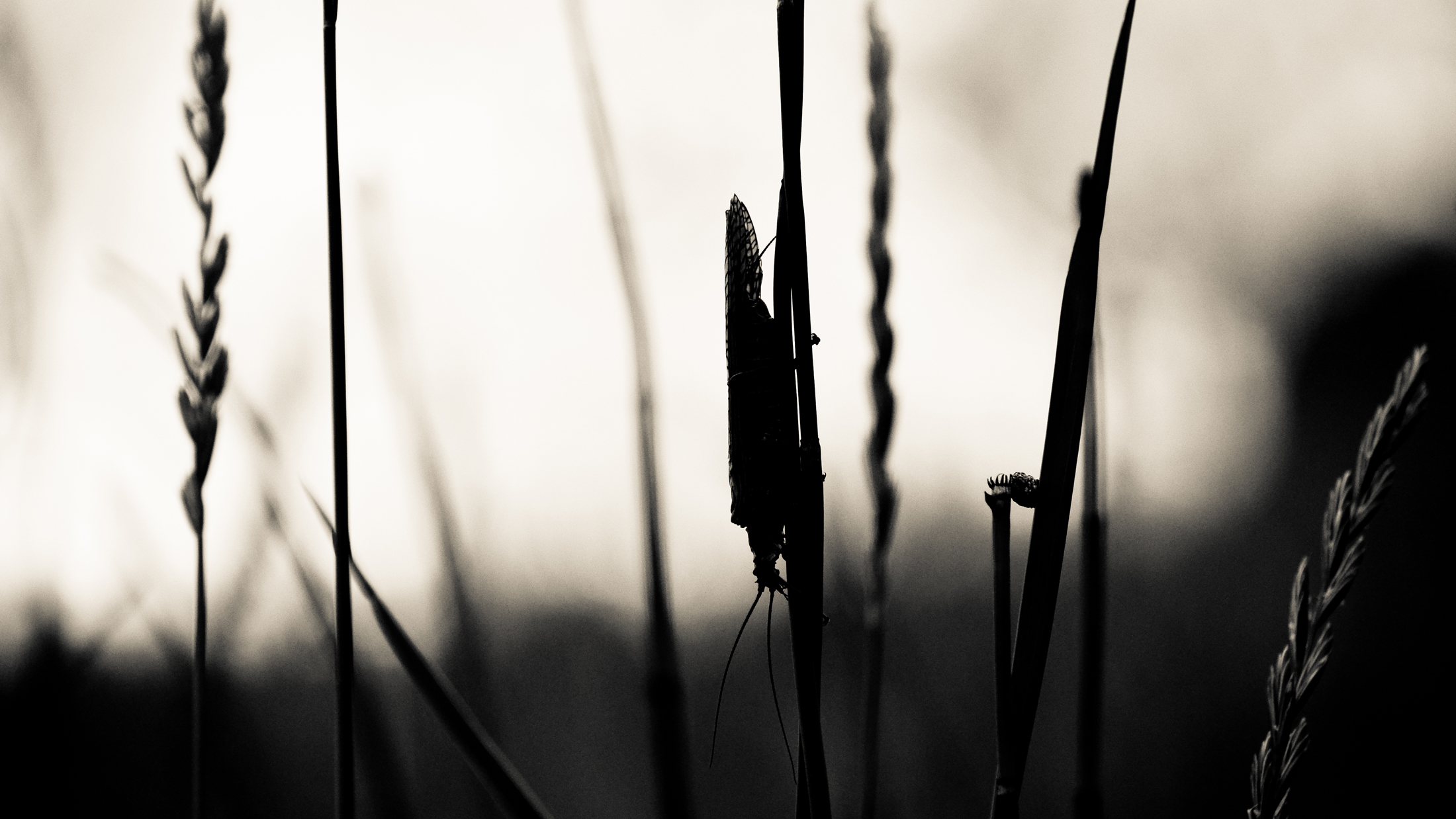
Giant salmonfly in Black Canyon of the Gunnison National Park. Photo © Spencer Blake / Flickr through a Creative Commons license Move over dragonflies: for dramatic aquatic insects, nothing beats a giant salmonfly. Especially when hundreds of thousands of them are hatching.
The salmonfly is a species of stonefly, and lives in many western rivers. It lives as a nymph for three to four years, then gathers along the river’s edge in the spring (or early summer). They hatch en masse, and the adults often secretively eat river debris. But the females return to the water to lay eggs, allowing spectators to watch a dramatic display of attractive, two-inch long insects flitting through incredible scenery.
Studies have found that salmonflies make up a significant portion of some rivers’ biomass. Where there is plentiful prey, plentiful predators follow. In this case: trout. Very large and abundant trout.
Perhaps nowhere is this hatch more legendary than the Black Canyon of the Gunnison. It can be difficult to time, but the rewards are an incredible predator-prey spectacle, with trout slashing the surface as they hunt the giant insects. Angling friends who have hit the hatch tell stories of being kept awake at night by splashing trout, and any cast might land a trophy.
-
Nene
Hawai’i Volcanoes National Park, Hawai’i
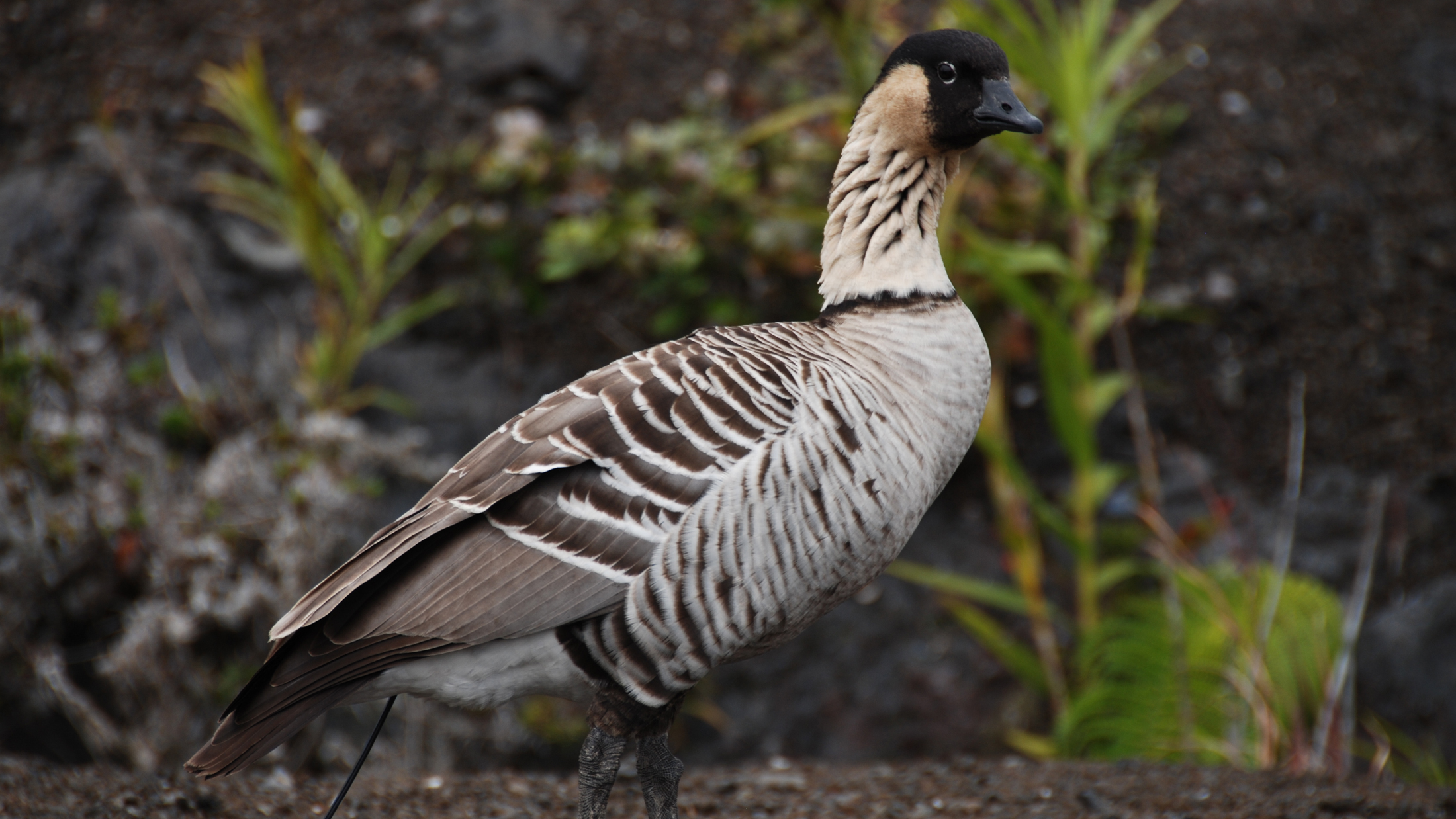
Nene at Hawai’i Volcanoes National Park. Photo © Jerry / Flickr through a Creative Commons license The Hawaiian Islands were originally home to nine species of goose, eight of them flightless. The flightless species are gone, leaving only the nene. This attractive bird almost perished, too: by 1940 only fifty nene remained.
Hawai’i Volcanoes National Park launched a captive breeding and reintroduction program in 1970. You can see nene at the national park today, but this remains an intensively managed species. National park staff must keep out or control feral predators like cats and mongooses, and also make sure people aren’t bothering the birds.
The nene has been brought back from the brink, but will need the continued help of conservationists to survive.
-
Chipmunk Slam
Various National Parks
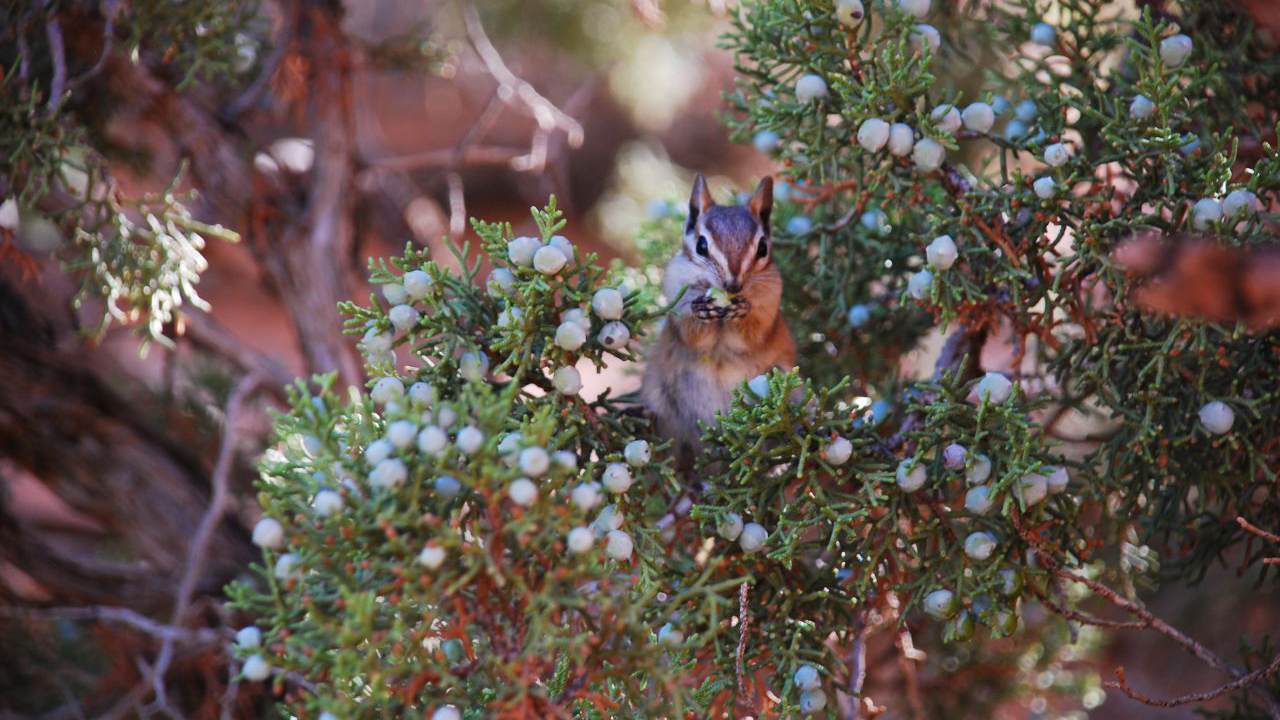
Chipmunk in Arches National Park. Photo © Sreevishnu Byrakur / Flickr through a Creative Commons license A chipmunk is a chipmunk, right? Think again. There are 22 species in the United States, with most found in the western part of the country. Unlike many small mammals, chipmunks are viewer friendly: they’re active during the day, visible, and often found near trails and camp sites. It can be a challenge to distinguish species, but their colors can actually be quite striking. Think of them as the warblers of the mammal watching world.
The best places to see many of the chipmunk species are national parks. To see all 22 varieties would make an excellent series of road trips. You’d go to Arches National Park to see Hopi chipmunks, Bryce to see Uintas, Olympic to see Townsend’s, Glacier for red-tailed and on and on. Take in dramatic scenery, camp amidst canyons and forests and mountains, and add to your mammal life list. Jon Hall’s Mammal Watching site and blog is the best resource to get you started on your chipmunk quest.




One of my favorite animal encounters in a National Park was at Yosemite. My hiking buddy and I were at Vogelsang High Sierra Camp and were thoroughly charmed by the pikas, small, think hold in your two hands, size mammals. They were busily scampering over the boulders gathering summer vegetation for their dens. I tries to photograph them but they were always too fast! For those who haven’t been to Vogelsang it is at elevation 10,600 feet accessable only by hiking or by riding a horse or mule. The pikas were the charmers of ground, darting among the rocks and vegetation, another spectacular sight among the mountain scenary.
I really enjoyed looking at all the beautiful birds and the chipmunks you shared in this presentation! I saved it to my Document Folder. SO wonderful! Thank you!
great can you make a slideshow on maui,hawaii
While I seen a good amount of large mammals from a distance in our National Parks, my favorite memory is of the week we camped in Rocky Mountain National Park. There my 18 month old daughter caught the attention of several chipmunks, ground squirrels and chickadees, who would hang around the picnic table, where she sat in her car seat and wait for her to drop some of her food. One of the chickadees even got bold enough to perch on her shoe.
A few years earlier we did get a bit of a scare while on a picnic with her sister, at Sequoia National park, After having pack our food away, a brown bear came over the hill and walk a few yard away from us to the river.
THANKS for putting my pix to good use… great article
Thank you for making your beautiful photos available through Creative Commons!
We have a chipmunk living in our wood pile for several years. He is busy collecting food from our bird feeders.
Enjoyed reading about all the other Habitats. Very informative. Thanks
The first photo is a golden-mantled ground squirrel, not a chipmunk. Chipmunks have stripes on their faces.
Hi Darcey, They are similar species and it’s true that chipmunks have stripes on their faces. See the lead photo again, it is a chipmunk with stripes on the sides of it’s face. Compare to the golden-mantled ground squirrel images here: https://en.wikipedia.org/wiki/Golden-mantled_ground_squirrel